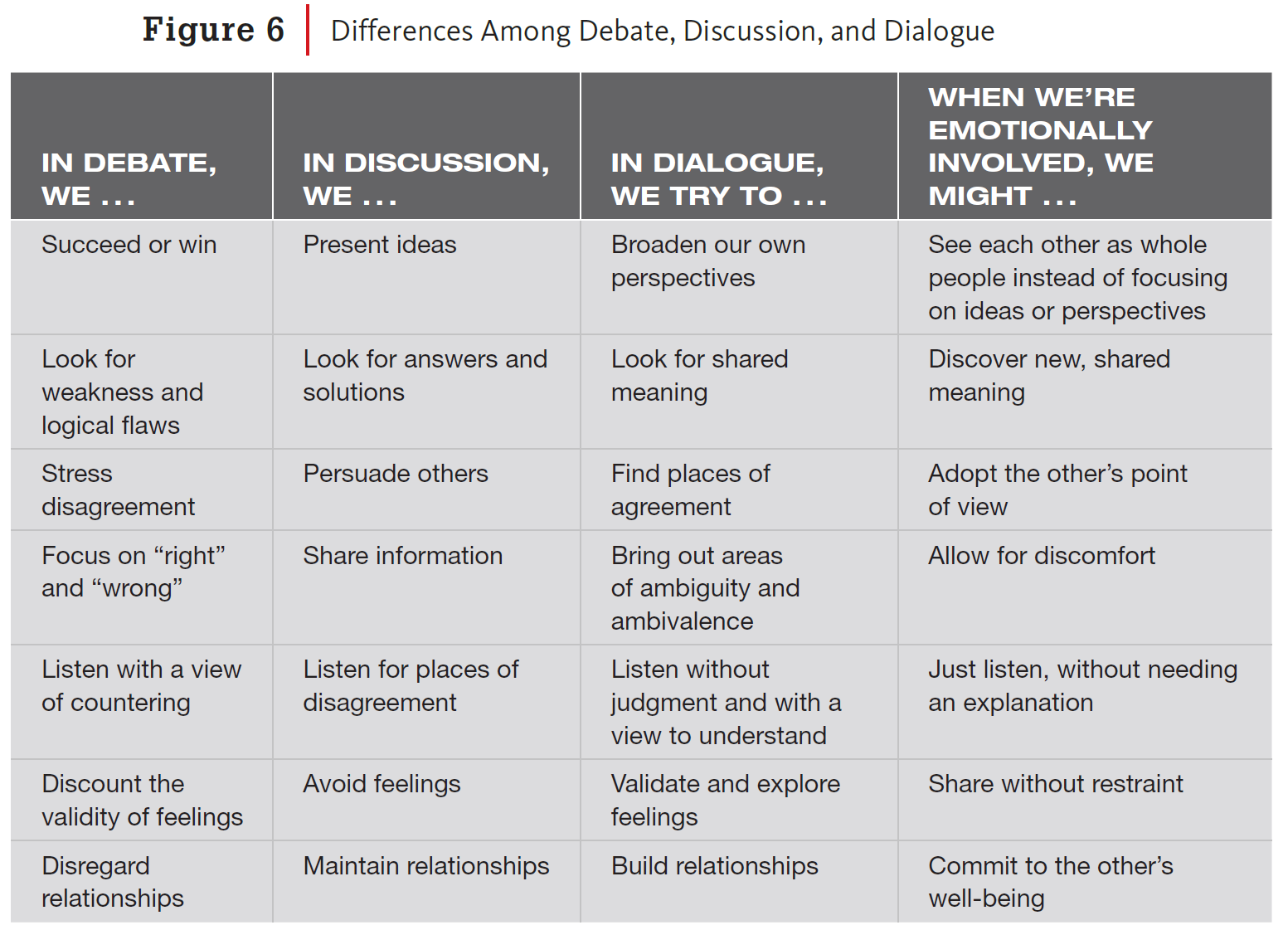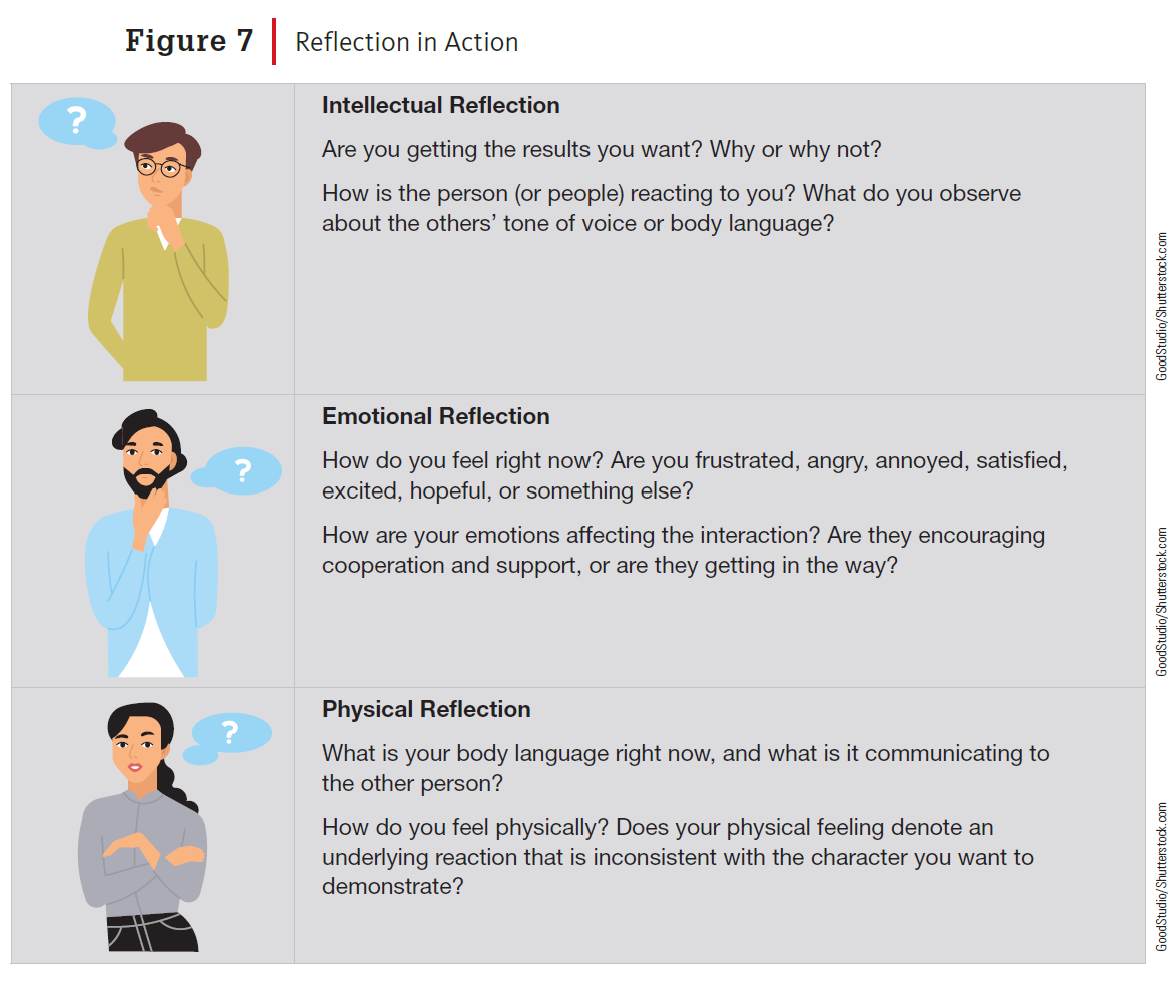Zuckerberg Impromptu Apologizes, Defends Progress
/Tech CEOs faced senators’ tough questions and accusations about child sexual abuse material (CSAM) on their platforms. Rarely do we see an impromptu apology, but Mark Zuckerberg directly faced families during the hearings.
Lawmakers held little back with the CEOs of six major tech companies. One of the harshest was Sen. Lindsey Graham, who said, “You have blood on your hands.” Several families were present, holding photos of children who were harmed or killed as a result of online abuse.
At one point, Sen. Josh Hawley asked if Mark Zuckerberg “would like to apologize to the victims who have been harmed by your platforms. [To the audience] Show him the pictures. [Back to Zuckerberg] Would you like to apologize for what you have done to these good people?” Understandably, Zuckerberg looked hesitant and awkward, as photographers swarmed around him. He turned around to face the families and said, “I’m sorry for everything you have all been through. No one should have to go through the things that your families have suffered, and this is why we invested so much.” The scene is both heartbreaking and farcical.
Parents didn’t seem to appreciate the apology; one said, “He had a gun to his head,” meaning it wasn’t sincere. But after Hawley’s insistence, he would have looked callous to refuse an on-the-spot apology. He was set up. Considering the situation, he did OK.
Although Zuckerberg’s view is that they have “invested so much,” people want to see more. An internal email revealed that Zuckerberg rejected a request to add 45 staff to the effort.
At least a couple of lawmakers blamed themselves for not passing legislation after dozens of hearings. Some blamed the tech companies’ resistance and lobbying efforts. Zuckerberg’s position is that the data, “on balance,” shows positive outcomes of the platforms. He also said, “Overall, teens tell us this is a positive part of their lives.” As we teach in business communication courses, averages are not always the most useful information.
The conversation is tiring after all these years. Zuckerberg’s integrity is damaged because of his failed promises and because internal documents are inconsistent with them. But the senate hearings aren’t inspiring much movement—and are becoming a circus.




















